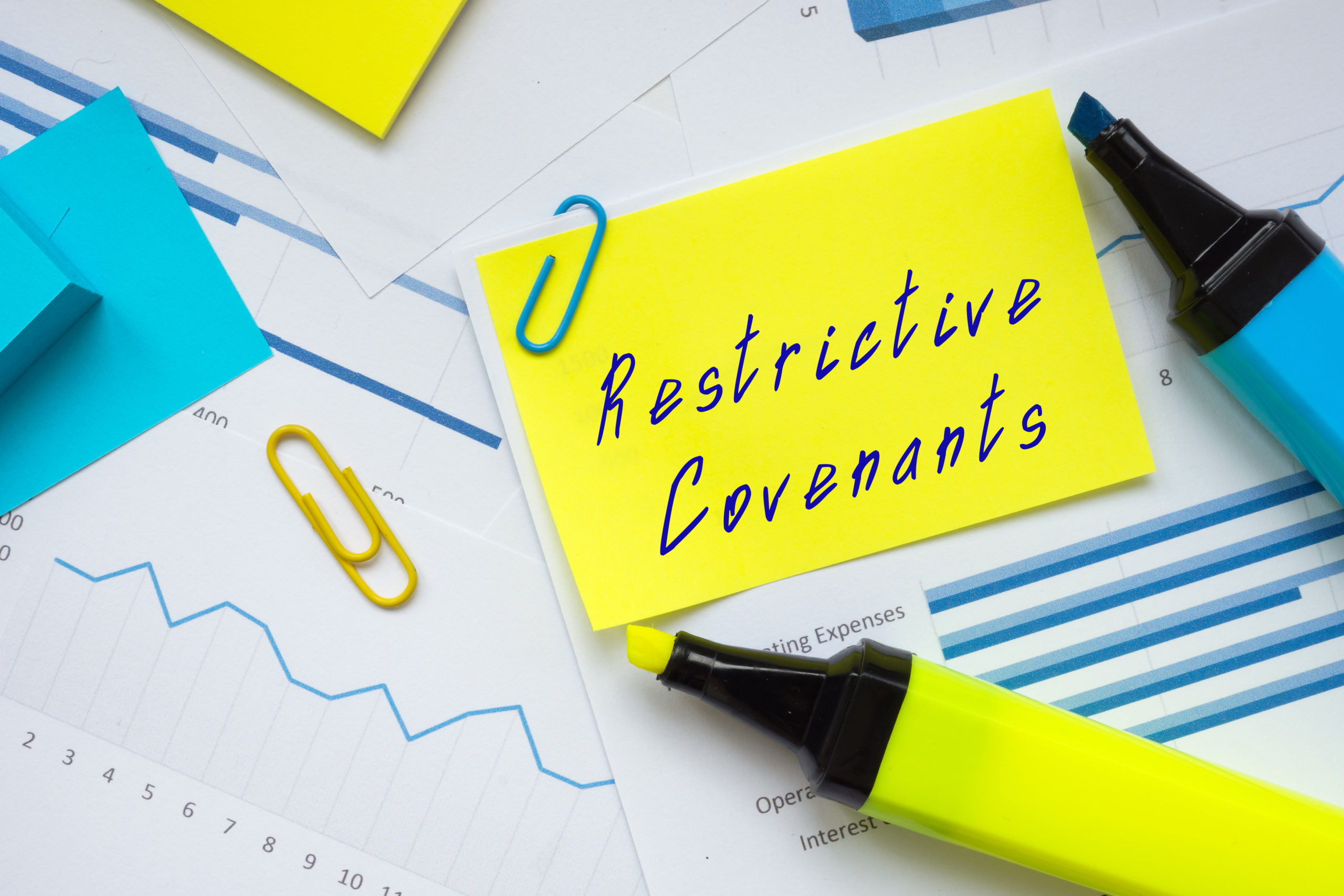To Strike, or not to strike: Another winter of discontent
December 2022 saw an estimated 1 million working days lost to industrial action and striking, but what is striking, what does the law say, and what conditions need to be met? Here, Beyond Corporate’s employment expert, Lucy Flynn looks at striking and what it means for employers in 2023.
The end of 2022 was marked by widespread industrial unrest, with hundreds of thousands of workers across several sectors voting to go on strike. In December alone an estimated 1 million working days were lost to industrial action, the highest figure since 1989, and it is predicted that 2023 will see yet more strikes.
What is a strike?
A strike is a type of industrial action where a group of employees refuse to work under their conditions of employment as a protest against their employer.
Most strike action is taken by employees in response to an employer’s refusal to agree to trade union demands for improved pay and/or conditions and is the ultimate weapon in a trade dispute. Such action is often unpopular, and always risky, as employees who strike will be in breach of their contract of employment and:
- Are unlikely to be paid for any time spent on strike
- May have their length of service reduced by the period of time spent on strike
- Could be sued for breach of contract by their employer
Although there are other types of industrial action which may be taken while employees remain in work such as “go-slows”, working to rule or a refusal to perform overtime, action short of a strike rarely hits the headlines.
Are strikes legal?
All UK workers are entitled to join trade unions and participate in industrial action. However, on one level, taking strike action will always be unlawful because:
- it will always involve an employee breaching their employment contract; and
- a trade union calling for employees to take industrial action will have committed the tort of inducing a breach of contract.
However, if certain strict conditions are met, a strike may still be lawful.
The law governing industrial action, and strikes in particular, is extremely complex. Taking strike action is typically a last resort and workplace disputes between employers and their workforce (or the trade unions) are usually settled by a process of negotiation using agreed or adopted resolution procedures.
What conditions must be met?
For a strike to be lawful (or rather, for the trade union to escape liability) the following strict conditions must be met:
- the action is being taken in relation to a trade dispute
- the action is not being taken:
- to enforce membership of the union by way of a “closed shop”
- to support employees dismissed for taking unofficial industrial action
- in sympathy or solidarity for industrial action against another employer
- to require an employer to use suppliers employing union members
- to force an employer to recognise a trade union
- the action does not involve unlawful picketing
- the action has the support of a properly organised ballot of union members
Trade union members have the right to vote in a properly organised ballot before their trade union asks them to take industrial action.
The union must tell everyone entitled to vote in a ballot how many people voted, and the split of votes (including the number of any spoiled papers), as soon as it can after the ballot. It must also give the employer one week’s notice of the start of the ballot and tell the employer the result as soon as possible once it’s available.
Even if the vote is in favour of taking strike action, members do not have to take part and cannot be disciplined by their trade union if they refuse.
What can employers do?
An employer can prevent a strike or other industrial action by securing an injunction from the High Court to stop it. An injunction will be granted if the employer can show that the union has failed to comply with any of the legal conditions set out above. However, seeking a High Court injunction to prevent a strike is much like a strike itself – it is expensive, has no guarantee of success and is very much a last-ditch option.
Rather, employers would be well advised to explore other ways to persuade employees to either oppose or refuse to participate in a strike.
The most obvious way to avoid a strike, as an employer, is to agree to the demands being made. However, the fact that a strike has been threatened would usually indicate that employees are truly unhappy, and agreement is proving a challenge.
As such, and if official strike action is unavoidable, it is essential to formulate a contingency plan so that the business knows how it will deal with things like:
- continuity of service since June 2022, employers are permitted to use agency staff to replace striking workers
- pay and ensuring that payroll has been instructed to deduct pay from those employees who strike
- sickness and how to deal with workers who do not attend work during a strike due to “sickness” – such as requiring medical notes from the first day of absence
Dismissing an employee for taking part in a strike which meets the legal conditions set out above would normally amount to an unfair dismissal, regarding which that employee could make a claim to the Employment Tribunal. Furthermore, dismissing employees who participate in a strike which does not fulfil these legal conditions is not without risk and such a measure should be approached with a good dose of caution.
The current economic pressures on both employers and employees have made it very difficult to improve pay and conditions in line with inflation and the hugely increased cost of living. Clear communication and transparency during negotiations are key to navigating any trade disputes, and seeking expert legal advice and professional mediation assistance from the outset can prove to be invaluable. If possible, prevention is better than cure, and adopting and communicating measures such as fair pay and clear benefits policies along with robust HR procedures set good foundations for productive working relationships and negotiations.
By Lucy Flynn















































































